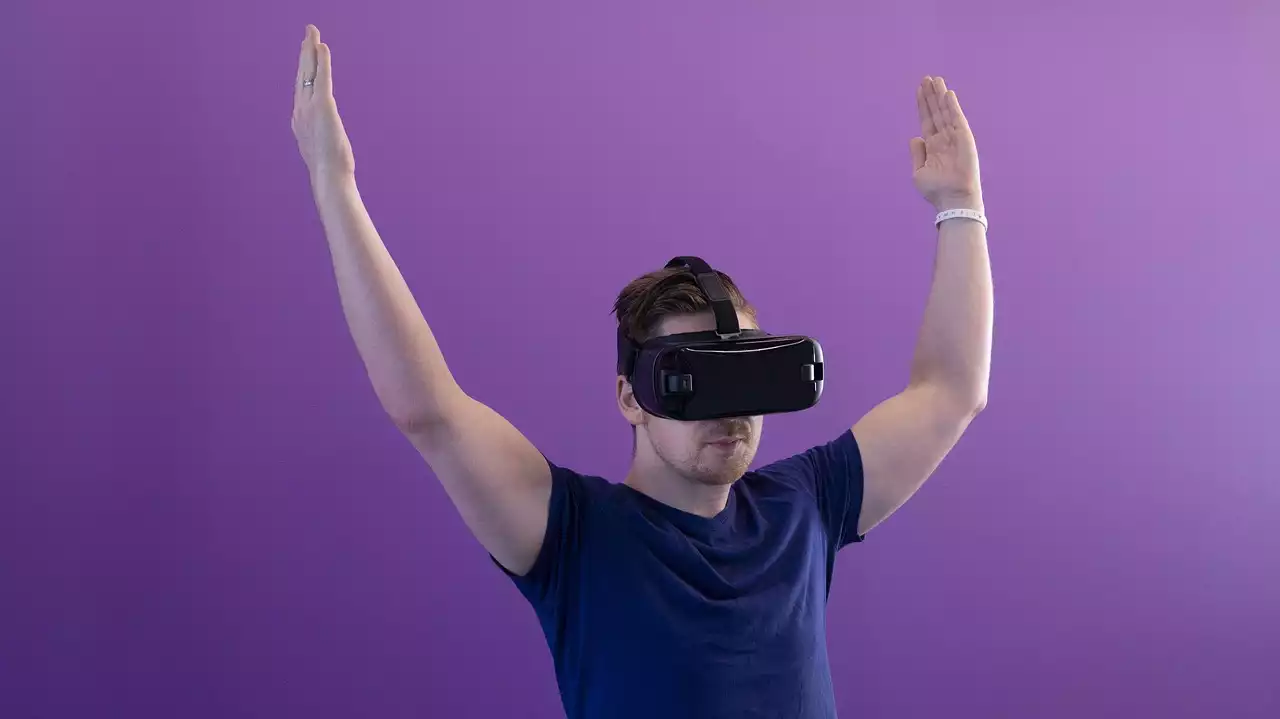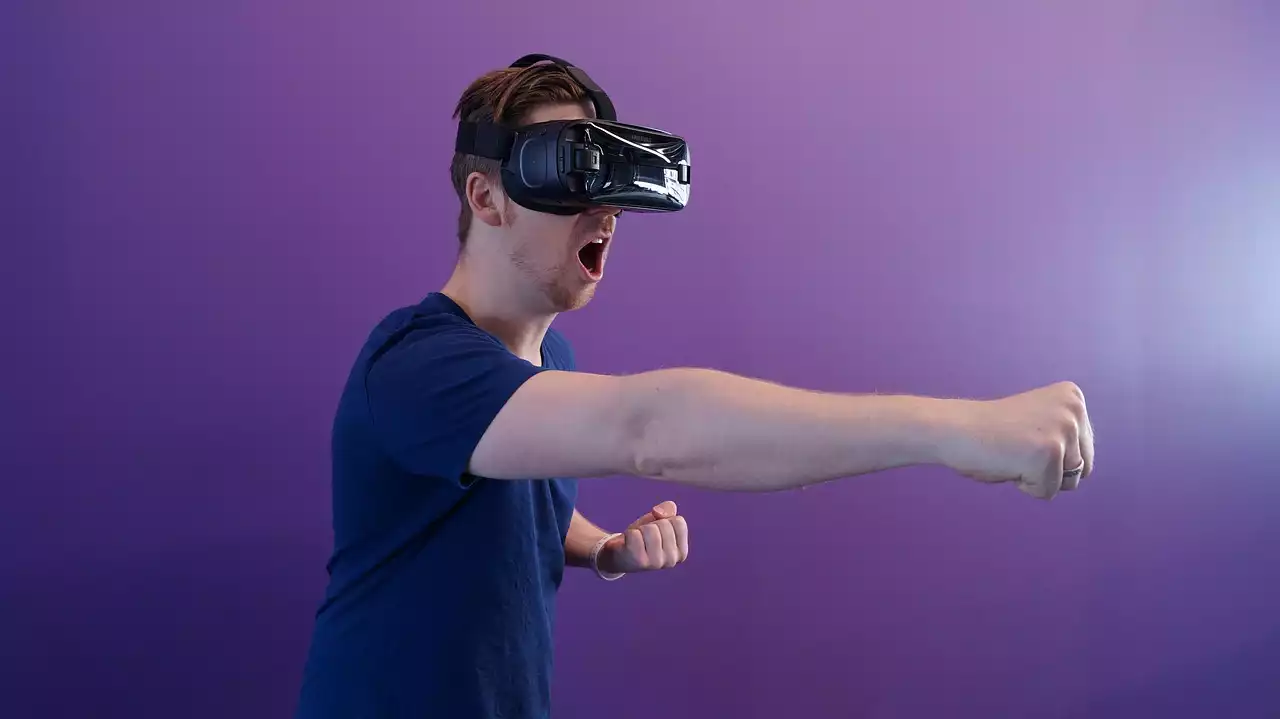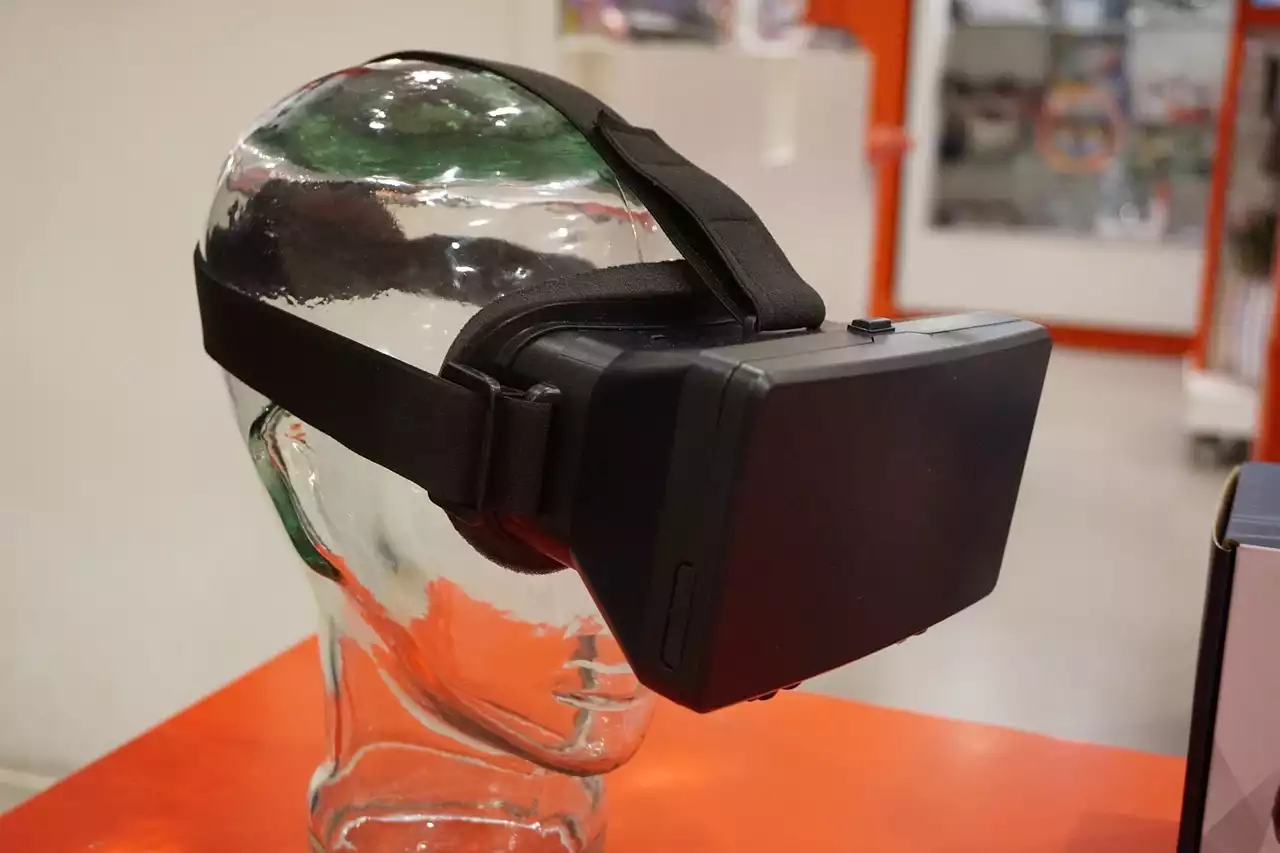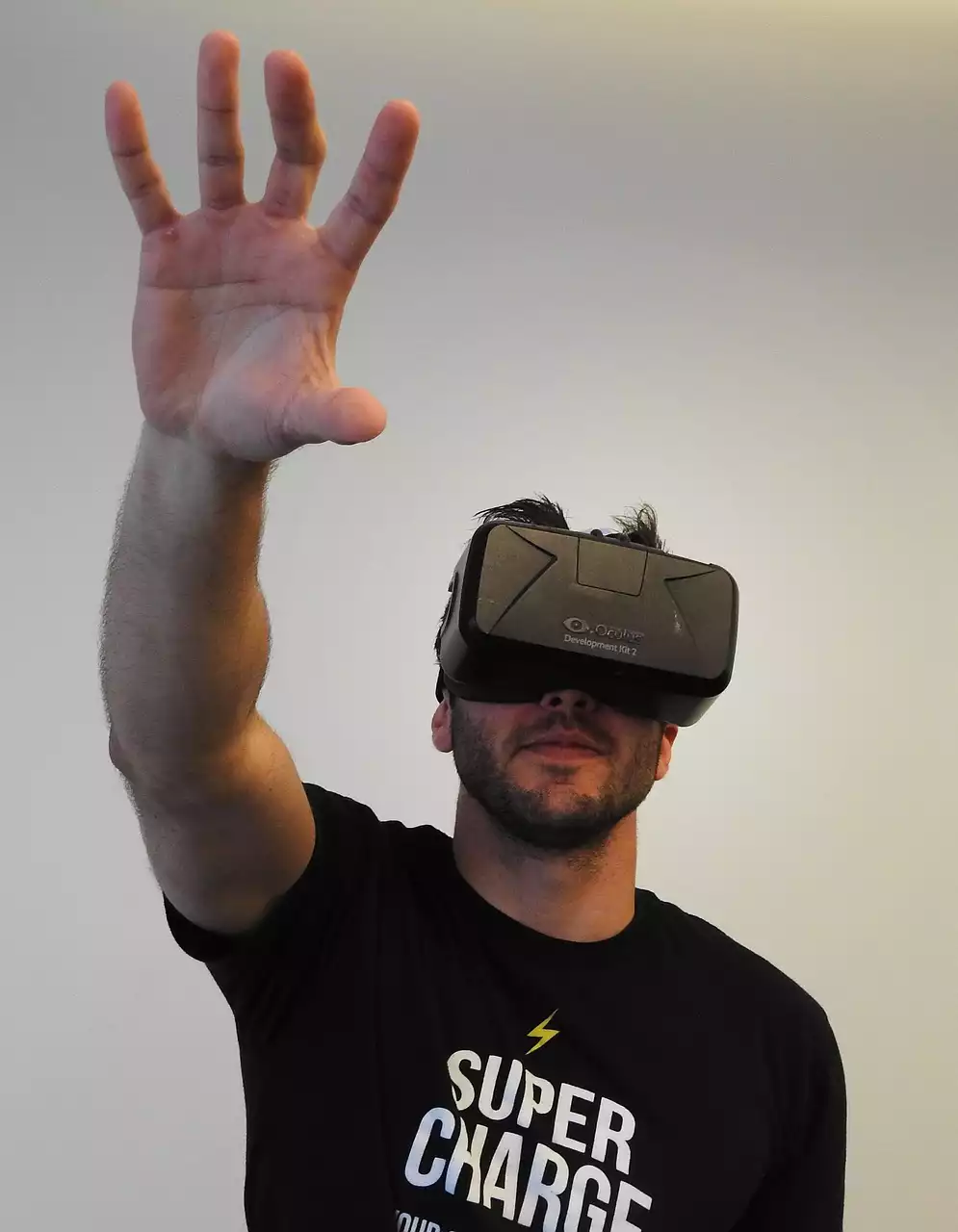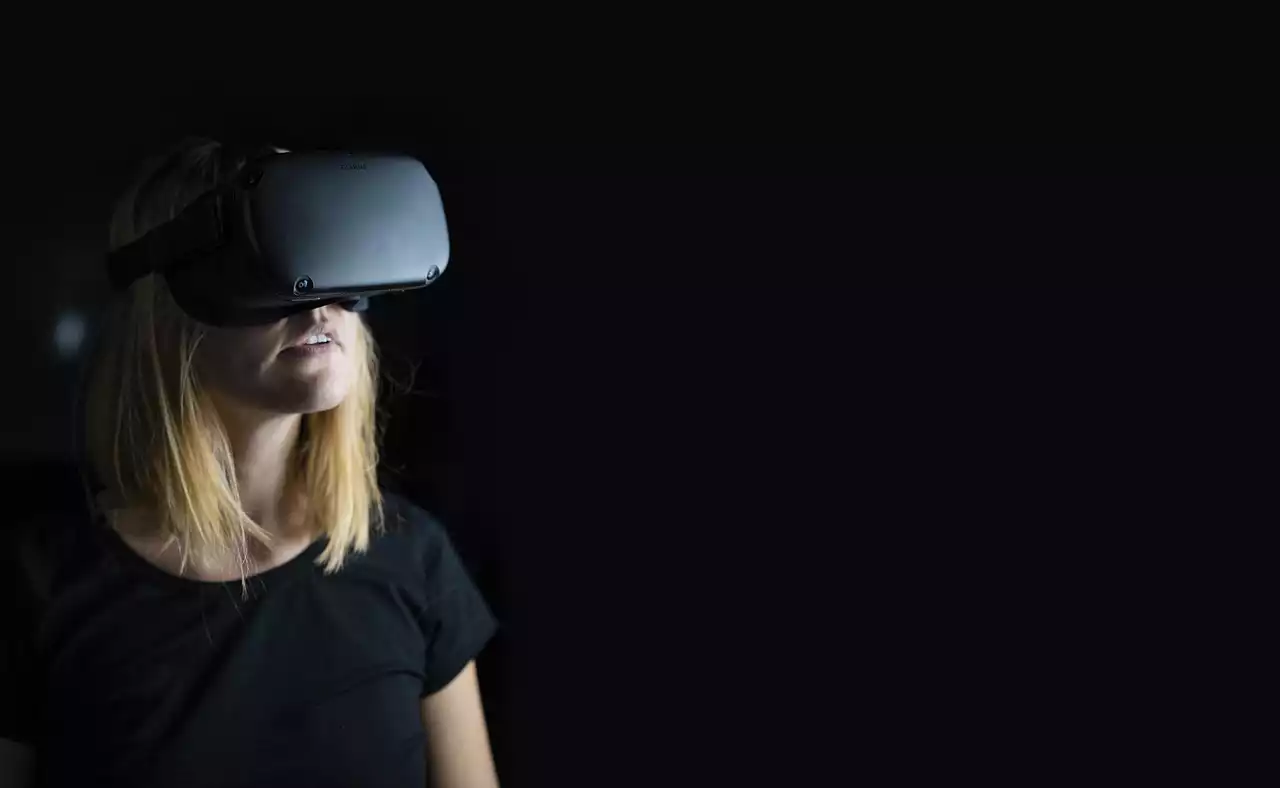Introduction
In the ever-evolving world of virtual reality, motion tracking technology has revolutionized the way we experience sports like never before. With the introduction of motion tracking systems, virtual basketball has gone from a simple game on a screen to a fully immersive and interactive experience that mirrors the real thing. By using sensors to track the movements of players, motion tracking technology allows users to step into the shoes of their favorite basketball stars and experience the thrill of the game firsthand.
The evolution of motion tracking in virtual sports
Motion tracking in virtual sports has come a long way since its inception. Initially, it was limited to basic movements and lacked the precision required for a truly immersive experience. However, as technology advanced, so did motion tracking. Today, sophisticated systems can accurately capture even the most complex actions, allowing users to perform a wide range of basketball maneuvers in the virtual world. This evolution has been instrumental in transforming virtual basketball into a realistic and engaging experience.
Motion tracking in basketball gaming
One of the most prominent applications of motion tracking in virtual basketball is in gaming. With the advent of motion tracking systems, players can now control their in-game avatars by physically mimicking the movements they want to execute. This level of interactivity adds a whole new dimension to the gaming experience, as players can now dribble, shoot, and dunk with their own bodies. Gone are the days of using buttons and joysticks to maneuver the game characters, as motion tracking technology has made it possible to control the action with natural gestures and motions.
How motion tracking enhances player experience
The integration of motion tracking technology in virtual basketball has significantly enhanced the player experience. By accurately tracking their movements, motion tracking systems allow players to feel fully immersed in the game. Whether it's the sensation of dribbling the ball, the anticipation of making a shot, or the satisfaction of executing a perfect dunk, motion tracking technology ensures that every action feels real and natural. This heightened sense of presence and realism adds a new level of excitement and engagement to virtual basketball, making it an unforgettable experience for players of all ages and skill levels.
The impact of motion tracking on virtual basketball training
Motion tracking technology has not only improved the gaming aspect of virtual basketball but has also had a profound impact on training and skill development. Athletes and trainers now have the opportunity to use motion tracking systems to analyze and improve their performance. By tracking and analyzing every movement, motion tracking technology provides valuable insights into areas for improvement, such as shooting technique, footwork, and reaction time. This data-driven approach to training allows athletes to identify weaknesses, make adjustments, and ultimately enhance their skills on the virtual court.
Motion tracking and the future of virtual basketball
The integration of motion tracking in virtual basketball has opened up a whole new realm of possibilities for the future of the sport. As technology continues to advance, we can expect even more realistic and immersive experiences. Imagine being able to compete in virtual leagues, go head-to-head with professional players, or even participate in virtual basketball tournaments from the comfort of your own home. The potential for virtual basketball to become a mainstream sport in its own right is immense, thanks to motion tracking technology.
Notable motion tracking technologies and companies
Several notable motion tracking technologies and companies have emerged in recent years, pushing the boundaries of what is possible in virtual basketball. Companies like Oculus, HTC, and Sony have developed their own motion tracking systems, such as the Oculus Rift, HTC Vive, and PlayStation VR, respectively. These systems utilize a combination of sensors, cameras, and advanced algorithms to accurately track the movements of players and create a seamless virtual basketball experience.
Challenges and limitations of motion tracking in virtual basketball
While motion tracking has undoubtedly transformed virtual basketball, it is not without its challenges and limitations. One of the primary challenges is ensuring the accuracy and precision of the tracking system. Even the slightest miscalibration or delay can significantly impact the user experience. Additionally, the need for specialized equipment, such as VR headsets and motion controllers, can be a barrier for some users. As technology continues to improve, these challenges are being addressed, but there is still work to be done to make motion tracking accessible to a wider audience.
The integration of motion tracking in live basketball events
Motion tracking technology is not limited to the virtual world. It is also being integrated into live basketball events to enhance the viewing experience for fans. By tracking the movements of players in real-time, motion tracking systems can provide additional insights and analysis during live broadcasts. This data can be used to enhance commentary, provide instant replays, and offer a deeper understanding of the game. The integration of motion tracking technology in live events bridges the gap between virtual and real basketball, creating a more immersive and engaging experience for both players and spectators.
